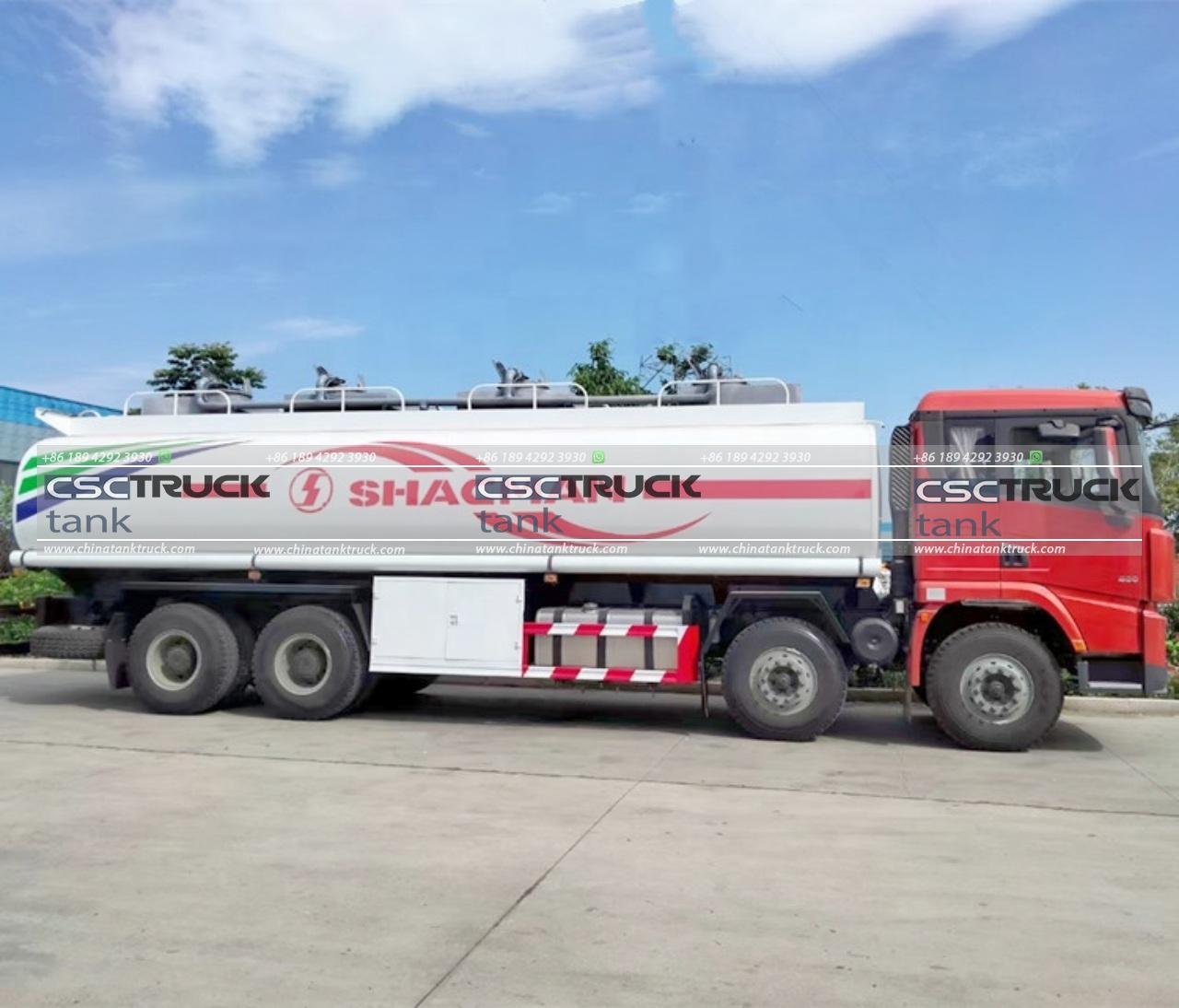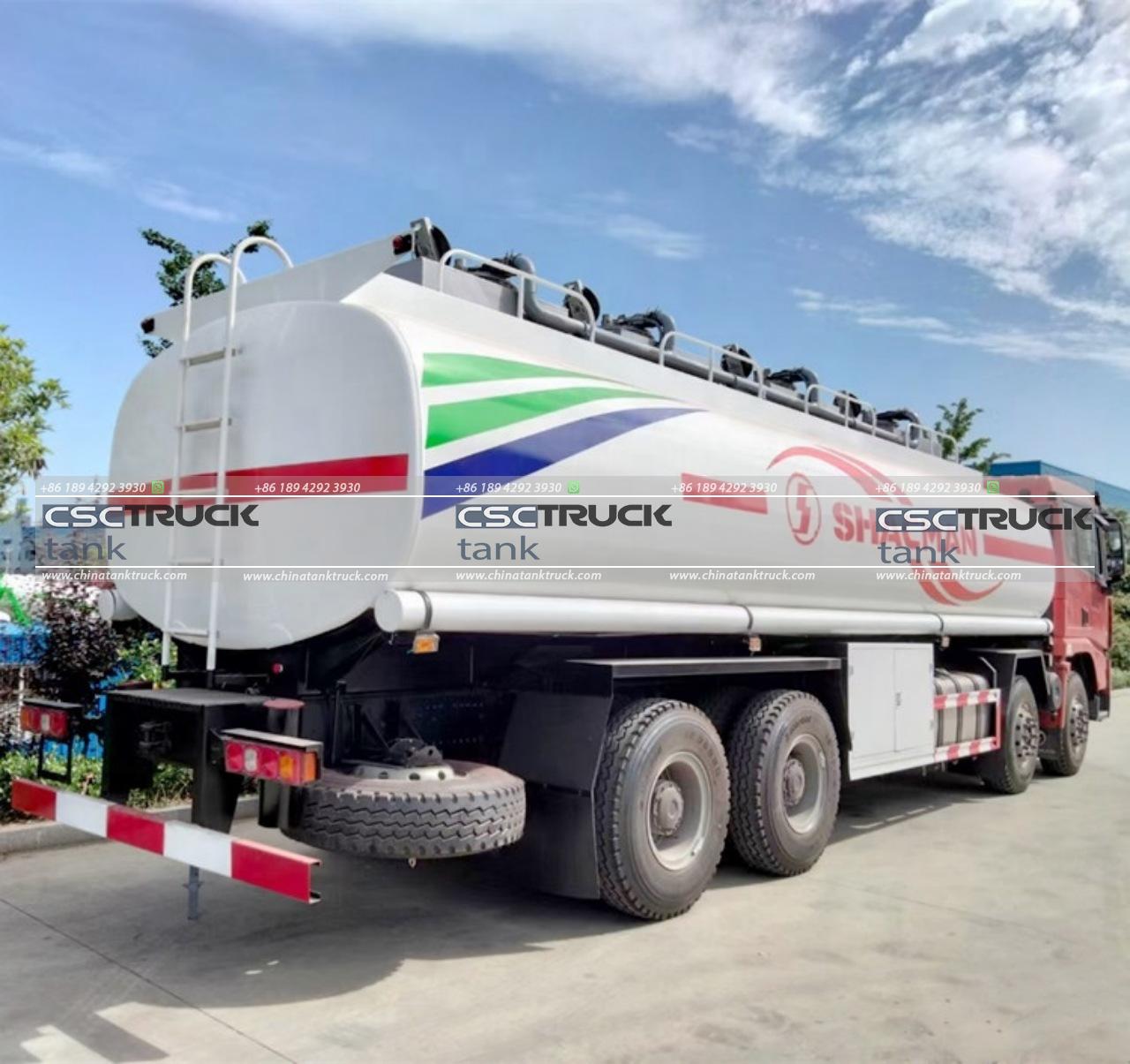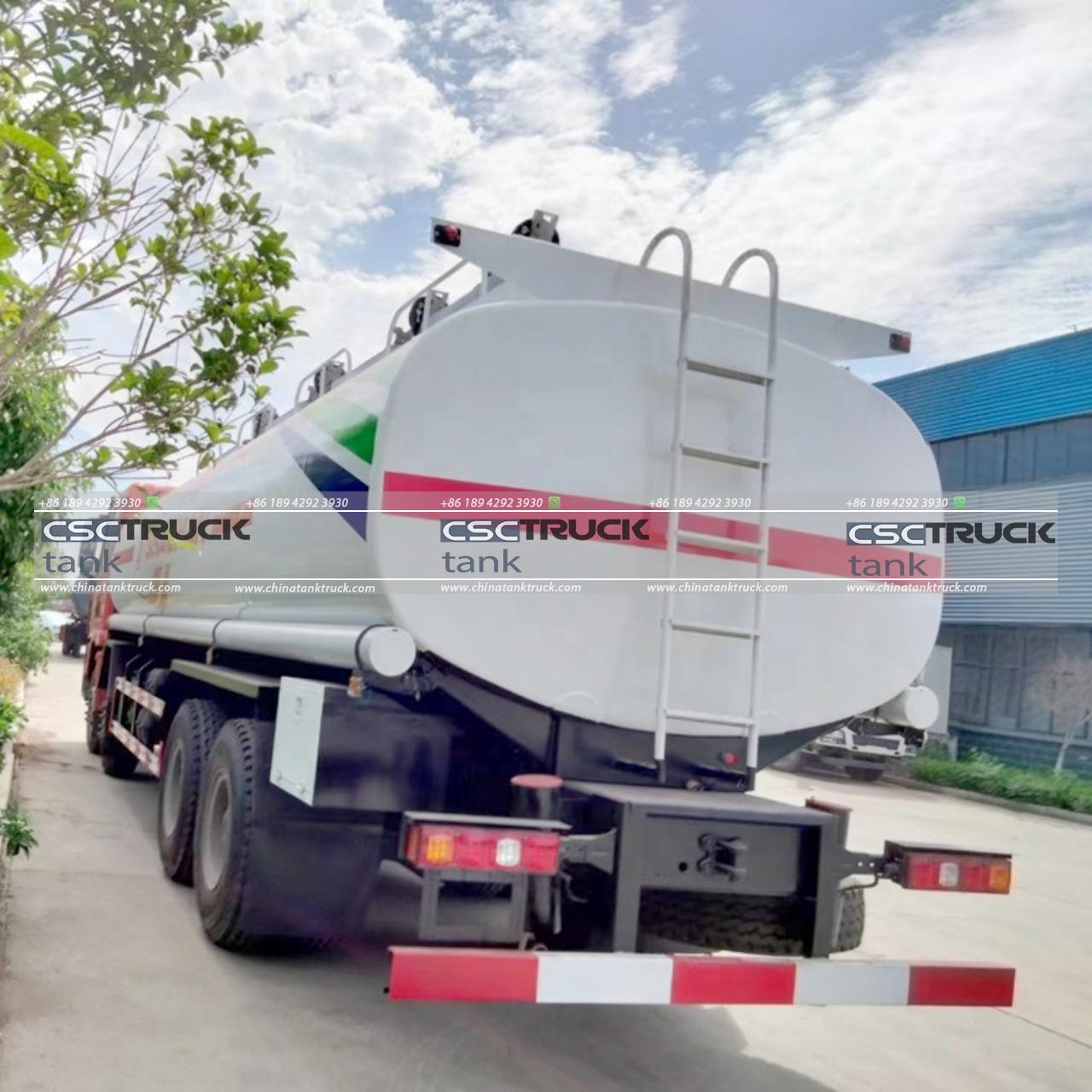A fuel tanker, often simply referred to as a tanker truck, is a specialized vehicle designed to transport various types of fuels, oils, and sometimes other liquids. In the industry, fuel tankers may be called several names depending on the type of fuel they transport, their configuration, or the region they operate in. This article will explore what a fuel tanker is, its types, its technical specifications, and common industry terminology associated with it.
What Is a Fuel Tanker?
A fuel tanker is a large, cylindrical truck or trailer primarily used to carry liquid fuels such as gasoline, diesel, and jet fuel from storage facilities to gas stations, airports, or other delivery points. These tankers play a vital role in the supply chain of fuels, ensuring that transportation hubs, service stations, and businesses have a continuous fuel supply. The tank structure, materials, and safety features are carefully designed to minimize risks associated with transporting flammable substances.

Common Names for Fuel Tankers
The term fuel tanker is a general name, but depending on the function, type of fuel, and region, different terms are used, each carrying a slightly different meaning. Below are some common industry names and terminologies for fuel tankers:
1. Tanker Truck – This is one of the most generic names, covering all types of liquid transport vehicles, including those carrying fuel, water, milk, and even hazardous chemicals.
2. Petroleum Tanker – This specifically refers to tankers carrying petroleum-based products, including gasoline and diesel. It’s a widely used term in the industry.
3. Fuel Hauler – This term emphasizes the transport function of the tanker, commonly used by logistics and transportation companies to describe vehicles transporting fuel.
4. Gasoline Tanker – These tankers are specifically built to transport gasoline and may have slightly different compartmentalization and construction standards to prevent gasoline from igniting.
5. Oil Tanker – While this term generally refers to large ships that transport crude oil or refined petroleum, it can also be used in some regions for road tankers that transport fuel.
In addition to these names, there are specific designations for types of fuel tankers based on the configurations and regulations they adhere to.
Types of Fuel Tankers
Fuel tankers can vary significantly in design and capacity, largely depending on the volume of fuel they transport, the geographical region they operate in, and specific industry standards. Here are some of the primary types of fuel tankers:
1. Rigid Tankers
Rigid tankers have the tank mounted on the same chassis as the truck itself, with the entire unit forming one solid structure. They are typically smaller than semi-trailer tankers, with a capacity of up to 5,000 gallons. Rigid tankers are common in urban areas where maneuverability is crucial.
2. Semi-Trailer Tankers
These tankers have the tank mounted on a trailer that attaches to the truck’s cab. Semi-trailers are larger and can carry between 5,000 to 12,000 gallons of fuel. Semi-trailer tankers are more common in rural and industrial areas where large fuel deliveries are needed.
3. Articulated Tankers
Articulated tankers, commonly referred to as **artics** in Europe, are specialized semi-trailers that offer greater flexibility in movement, especially when maneuvering in tight spaces. These tankers are often used in situations where the delivery points have limited accessibility.
4. Multi-Compartment Tankers
Multi-compartment tankers are designed to carry different types of fuel in a single trip, with multiple compartments separated by internal walls. This design allows for the transportation of gasoline, diesel, and other products in one vehicle, which is efficient for deliveries to stations requiring varied fuel types.
5. Mini-Tankers
Mini-tankers are much smaller fuel delivery trucks, typically used for smaller fuel deliveries in urban areas, commercial fleets, or industries needing small-scale refueling services.

Construction and Technical Specifications
Fuel tankers have a specialized construction to handle the unique demands of transporting flammable liquids. They are designed with various safety features, durability, and regulatory compliance to prevent leaks, spills, and explosions. Key construction and technical specifications include:
1. Material – Fuel tankers are usually made from **aluminum** or **stainless steel**. Aluminum is lighter and more corrosion-resistant, which helps increase fuel efficiency, while stainless steel is more durable and often used for tankers carrying hazardous chemicals.
2. Compartmentalization – Most fuel tankers are divided into compartments, allowing them to carry different fuel types or grades in a single trip. The compartments also prevent the liquid from sloshing too much during transit, reducing the risk of vehicle instability.
3. Vapor Recovery Systems – These systems prevent the release of fuel vapors into the air, adhering to environmental regulations and reducing the risk of ignition. Vapor recovery is essential for gasoline tankers, given the volatility of gasoline vapors.
4. Baffles – Baffles are internal structures that slow down the movement of the liquid within the tank. This helps stabilize the tanker by preventing the liquid from shifting abruptly, which could lead to rollover accidents.
5. Fireproofing and Insulation – Some tankers carry fuel across varying climates and need insulation to prevent freezing or overheating. Fireproofing is also critical, as fuel tankers are at high risk of igniting due to the nature of their cargo.
6. Emergency Valves and Pressure Relief – Fuel tankers are equipped with emergency shut-off valves to prevent spills if a valve is compromised. Pressure relief valves ensure the tank doesn’t rupture due to pressure build-up, especially in high-temperature conditions.
7. Capacity – Fuel tankers come in different capacities depending on the region’s regulations and the needs of the transportation company. In the U.S., a typical fuel tanker can carry between 9,000 to 11,000 gallons of fuel, while in Europe, tankers are usually smaller due to tighter road regulations.
Key Safety Regulations and Standards
Fuel tankers are subject to stringent regulations to ensure the safety of both the vehicle operators and the public. In the U.S., the **Department of Transportation (DOT)** and the **Occupational Safety and Health Administration (OSHA)** regulate fuel tankers. Regulations cover tank design, load limits, transportation routes, and operator training. In Europe, similar regulations are enforced by the ADR (Agreement Concerning the International Carriage of Dangerous Goods by Road), which mandates safety standards for hazardous material transport.
Key safety requirements for fuel tankers include:
– Regular Inspections – Fuel tankers must undergo regular inspections to ensure the tank integrity and safety systems are functional.
– Operator Training – Drivers must have a specialized commercial driver’s license (CDL) and hazardous materials (hazmat) endorsement to operate fuel tankers safely.
– Spill and Leak Prevention – Strict guidelines are in place for spill and leak prevention, including containment systems, to protect both human health and the environment.

Conclusion
Fuel tankers, also known by many names such as tanker trucks, petroleum tankers, or gasoline tankers, are essential to the global supply chain, enabling the reliable distribution of fuel to countless industries and public consumers. These specialized vehicles are engineered to safely handle and transport volatile fuels, adhering to stringent industry regulations and safety standards. The continued advancement in fuel tanker technology and safety protocols helps to ensure that fuel transportation remains both efficient and safe for the environment and society.
Understanding the variety and complexity of fuel tankers highlights the industry’s commitment to handling such valuable and hazardous resources safely and responsibly.

